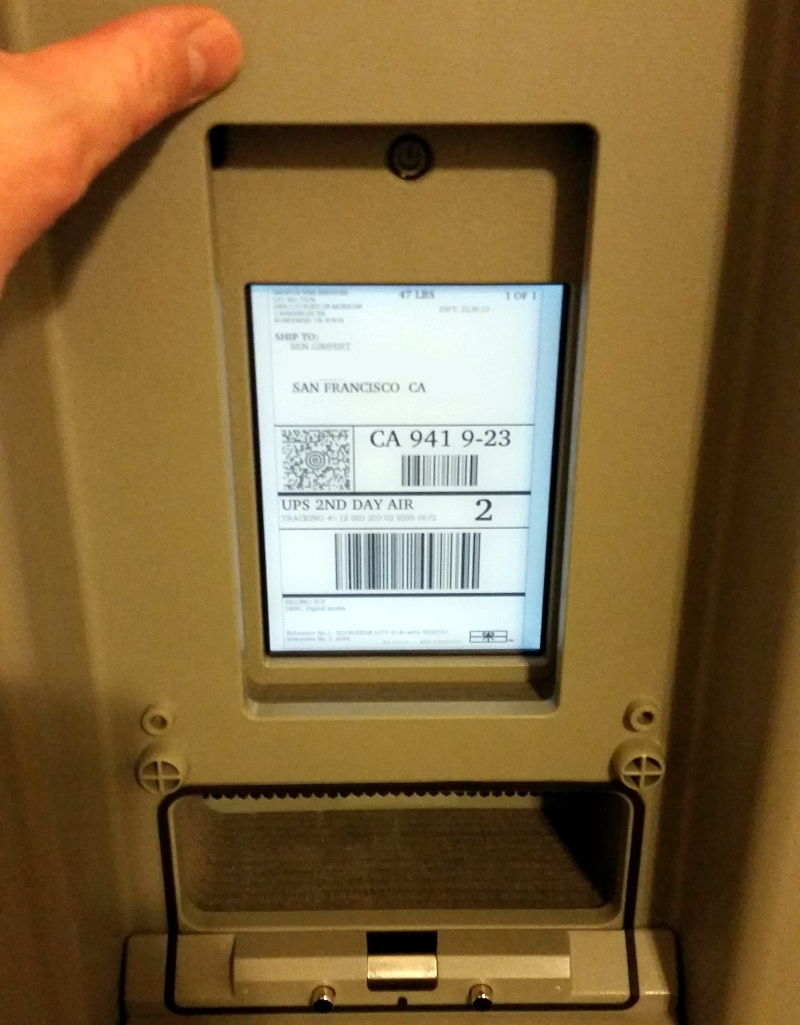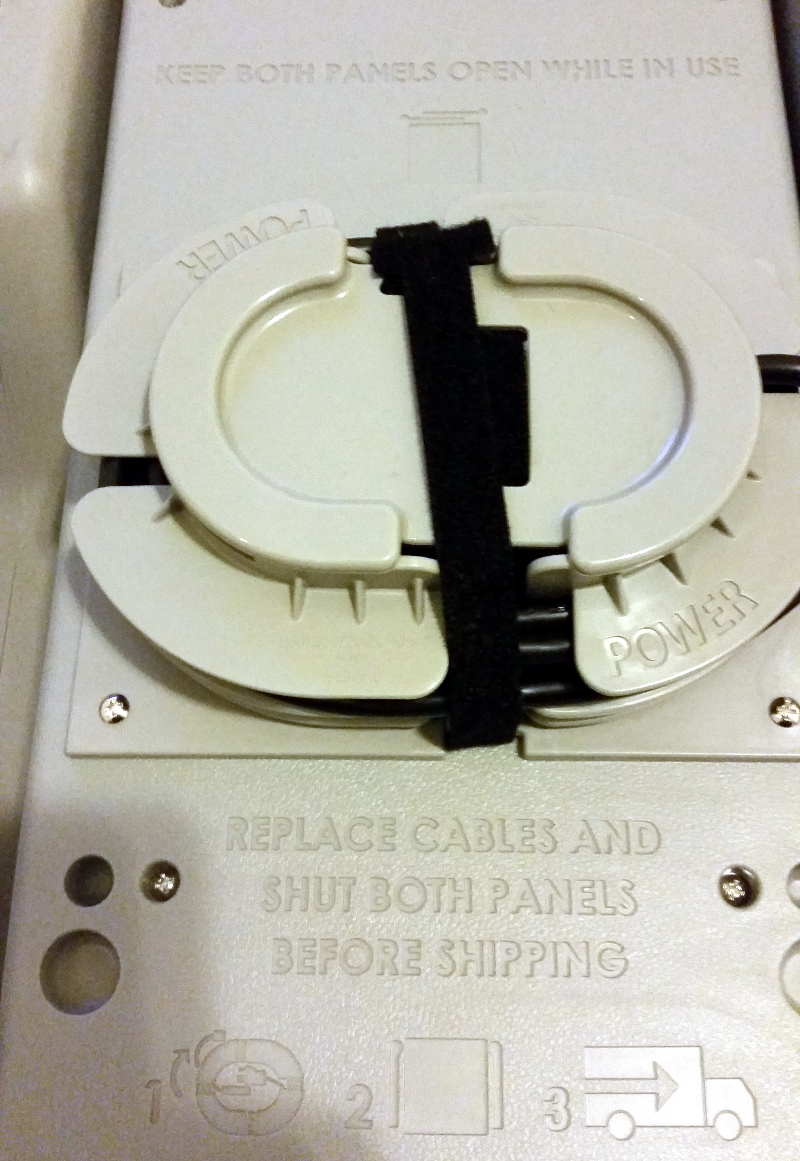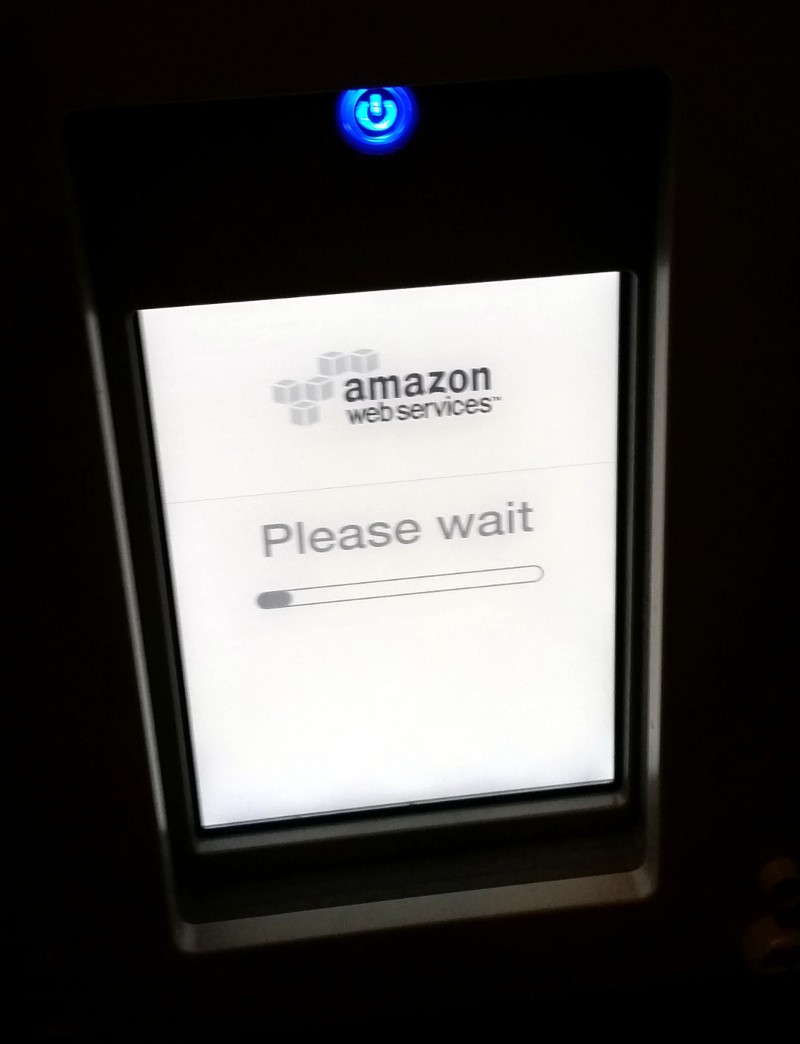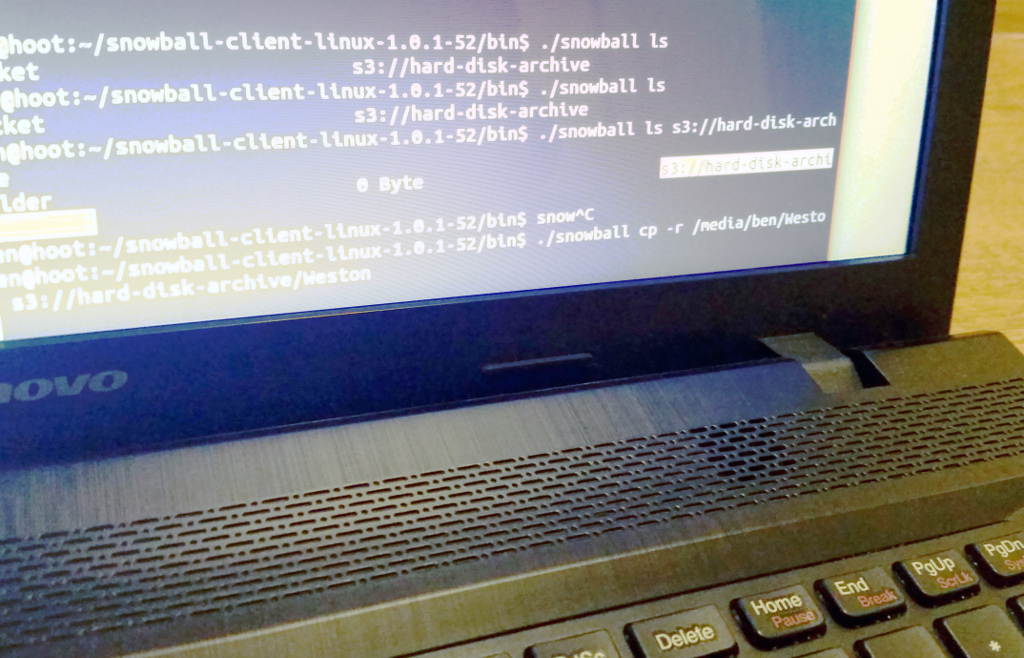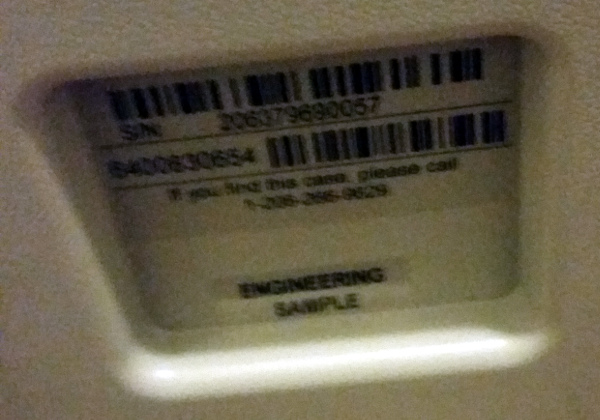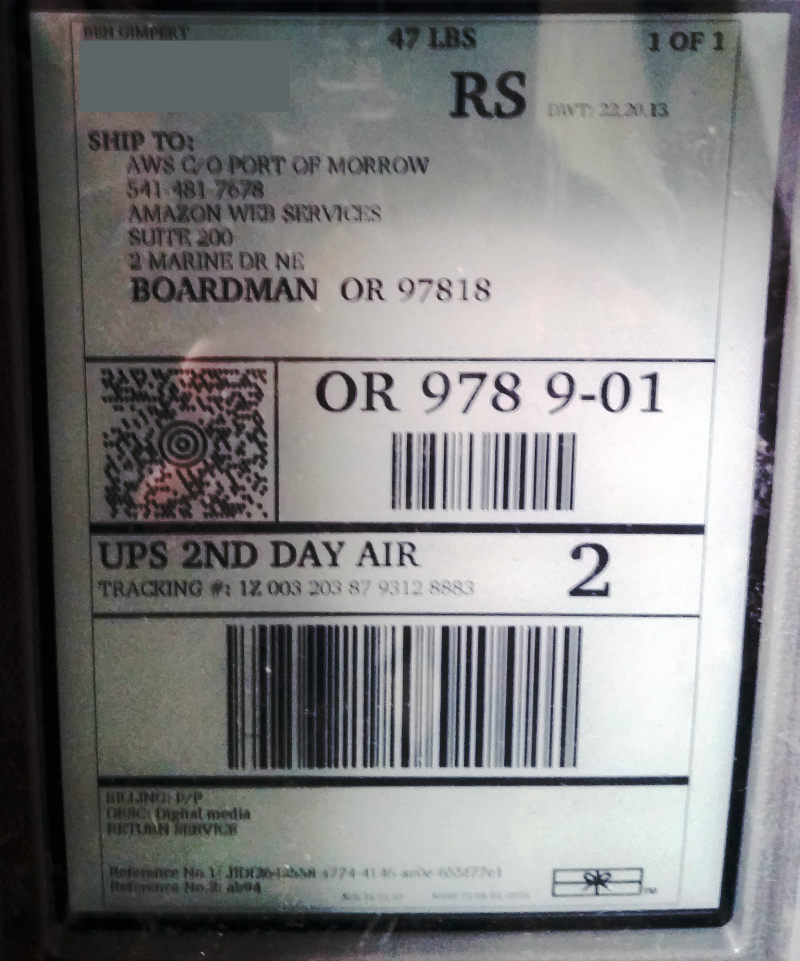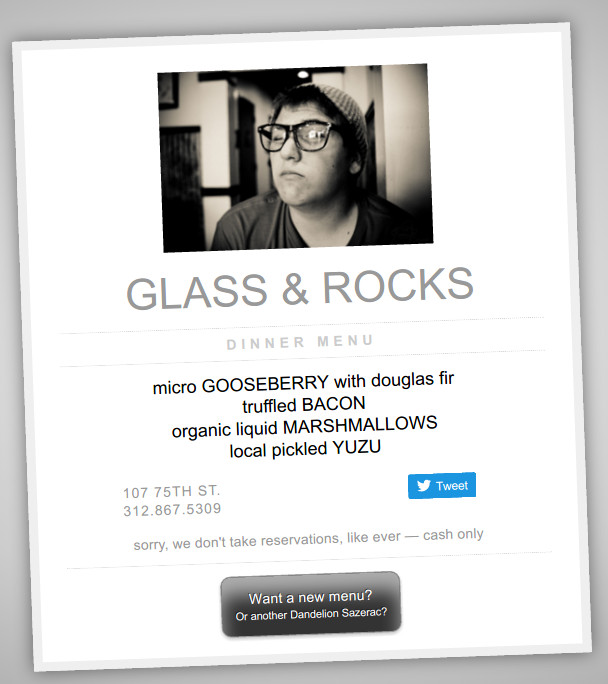(2 out of 5 stars)
Excellent dimsum with just enough cross-cultural elements of comfort food to be playful and interesting. That said, the entire front of the house at Moongate should be scrapped and re-hired.
First the godawful seating: We lucked-out and were able to insist on real chairs instead of the cheap, dopey, upholstered, 70s-garbage-couches in the center of the room. I felt sorry for another customer who was limited in mobility but was still expected to perch in these trainwrecks for her meal. I do not even want to think about fire safety in a place like this.
The cocktails were cloyingly sweet, under-diluted, and served too warm. They have the usual hipster quirky ingredients (e.g. celery), but the bartenders here need to go back to basics: A cocktail is not a sugar bomb to cover up the taste of liquor, but a by-definition spirit-forward balance between high-quality base liquors and a few complementary flavors. Any of a giant list of San Francisco bars do the cocktail thing right: Third Rail, Trick Dog, Cockscomb, Bix. If the techbro-ette wearing a fedora indoors sends back her martini because it is “too strong,” then you are doing it right. We also made the mistake of ordering a red by the glass, which was an overpriced mess, barely a five ounce pour and served too warm. It had no nose, no legs, no body, and no personality.
The service, oh good-God-the-service: Anonymous, underfed, morose hipsters slouching through the motions, in a poseur’s mid-century modern fever dream of an enjoyable night. The servers clearly want this place to feel like the space age 70s, but it just comes across as hilarious and desperate, like a Lana Del Rey video on xanax. Stop trying to be quirky and cute, and start paying attention to the details. What would make your customers enjoy themselves more? What would service from the actual 70s have been like?


